Unlock the secrets of winter greenhouse gardening and transform your chilly months into a season of lush, productive growth. Learn the art of balancing temperature, light, and moisture to nurture a thriving variety of vegetables, right through the heart of winter.
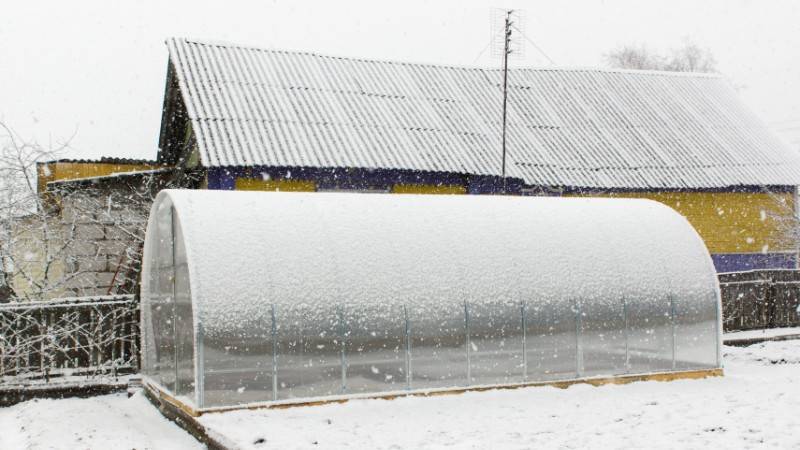
There’s something incredibly satisfying about preparing food with ingredients that you have grown in your garden.
I quickly moved from a few herbs in an indoor window box to a small garden patch. But the best way to keep your mini crops rewarding you through the winter months up to spring is with a small investment in a winter greenhouse.
You’ll be surprised how many plants you can grow even in some of the smaller ones, but there are a few design tips you have to consider before just heading out and buying the first greenhouse you find.
Let me introduce you to some winter greenhouse gardening basics.
What is a Winter Greenhouse?
A winter greenhouse is a specially designed structure that allows gardeners to extend their growing season into the colder months. Unlike standard greenhouses, which are often used to start seedlings in spring, winter greenhouses are insulated and engineered to capture and retain heat, even during chilly weather.
They often feature thicker walls, sometimes with double-glazing or polycarbonate panels, and may include additional heating systems for particularly frosty days.
These greenhouses enable the cultivation of a variety of plants, including cold-tolerant vegetables and flowers, providing a lush, green oasis amid the frosty outside world. They're a perfect solution for avid gardeners seeking to maximize their yield year-round.
Types Of Winter Greenhouses
Winter greenhouses can be categorized into several types, each tailored to different needs, climates, and gardening goals. Here's an overview:
1. Traditional Glass Greenhouses
These are the classic greenhouses with glass panels. Glass is excellent for light transmission but can be less efficient in heat retention compared to other materials. They're ideal for milder winter climates.
2. Polycarbonate Greenhouses
Made from durable, translucent polycarbonate panels, these greenhouses offer better insulation than glass. They're more resistant to breakage, making them a good choice for areas with harsh weather conditions.
3. Hoop Houses
These are simple structures made of metal or PVC hoops covered with a plastic sheet. Hoop houses are an economical option and can be easily constructed. They're great for extending the growing season but might require additional insulation for very cold climates.
4. Geodesic Dome Greenhouses
With their unique shape, these greenhouses offer excellent durability and efficient air circulation. Their geometric design is not only aesthetically pleasing but also helps to maximize sunlight exposure and heat distribution.
5. Solar Greenhouses
These are designed to maximize the use of solar energy. They often feature south-facing walls made of heat-absorbing materials and have insulation on the north side. Solar greenhouses can maintain a warm environment even in colder regions.
6. Underground Greenhouses (Walipinis)
These involve digging into the ground to utilize the earth's natural insulation. They are less common but can be extremely efficient in maintaining a stable temperature.
How To Select The Right Type Of Winter Greenhouse
Selecting the right type of winter greenhouse involves considering several key factors to ensure that it meets your specific gardening needs and environmental conditions. Here’s a guide to help you make an informed decision:
1. Assess Your Climate
The first step is to understand the winter conditions in your area. If you live in a region with mild winters, a traditional glass greenhouse might suffice.
However, for harsher climates with heavy snowfall or extreme cold, a more robust structure like a polycarbonate greenhouse or a geodesic dome would be more appropriate.
2. Determine Your Gardening Goals
What you plan to grow influences the type of greenhouse you need.
For delicate tropical plants, a well-insulated and possibly heated greenhouse is necessary.
If you're looking to extend the season for hardier vegetables, a hoop house or a simple polycarbonate greenhouse could work well.
3. Consider Space and Location
The amount of space you have available and the location of the greenhouse are crucial. Ensure it receives adequate sunlight, especially during the shorter days of winter. South-facing locations are typically ideal.
Also, consider the proximity to your house for ease of access during cold weather.
4. Budget Constraints
Budget is a significant factor. Hoop houses are cost-effective and a great starting point for beginners. Traditional glass greenhouses are more expensive but offer aesthetic appeal.
Weigh the initial investment against long-term benefits like durability and energy efficiency.
5. Energy Efficiency and Sustainability
If energy consumption is a concern, look into solar greenhouses or designs that optimize natural heat retention and light exposure.
Features like double-glazed panels or thermal mass walls can significantly reduce the need for additional heating.
6. Durability and Maintenance
Consider the longevity and maintenance requirements of different materials. Polycarbonate panels are durable and require less maintenance compared to glass.
Also, factor in the resilience of the structure against local weather conditions like high winds or heavy snow.
7. Customization and Expansion Options
Think about whether you might want to expand your greenhouse in the future or if you need customizable features like adjustable shelving, ventilation systems, or automated temperature controls.
What to Grow in a Winter Greenhouse
Growing crops in a winter greenhouse opens up a world of possibilities, allowing you to cultivate a variety of plants during the colder months.
The key is choosing crops that thrive in cooler temperatures or those that can tolerate the unique microclimate of a winter greenhouse. Here's a list of suitable crops:
1. Leafy Greens
These are the stars of the winter greenhouse. Varieties like spinach, kale, Swiss chard, and collard greens can withstand cooler temperatures. They're not only hardy but also grow relatively quickly, providing a steady supply of fresh greens.
2. Root Vegetables
Carrots, beets, radishes, and turnips are excellent choices for a winter greenhouse. They can handle the cooler soil temperatures and have the added benefit of being relatively low-maintenance.
3. Herbs
Many herbs can be grown successfully in a winter greenhouse. Parsley, cilantro, chives, and thyme are some examples. They require minimal space and can be harvested repeatedly.
4. Salad Greens
Lettuce, arugula, and mesclun mixes are perfect for a winter greenhouse. They grow quickly and can be harvested as baby greens for salads.
5. Cruciferous Vegetables
Broccoli, cauliflower, and cabbage can be grown, though they require more space and time to mature. These are ideal if you have a larger greenhouse or can provide additional heat.
6. Peas
Snow peas and snap peas are great for cooler climates and can be grown vertically, saving space.
7. Alliums
Onions and garlic are good options for overwintering in a greenhouse. They require minimal care and can be planted in late autumn for a late spring or early summer harvest.
When to Plant Winter Vegetables
Timing is crucial when planting winter vegetables in a greenhouse, as it ensures they grow to their full potential despite the colder outside temperatures. Generally, the planting schedule for a winter greenhouse shifts earlier than traditional outdoor gardening to accommodate the shorter and cooler days of the season.
Most winter vegetables should be planted late summer to early fall. This timeline allows the plants to establish themselves while the days are still relatively long and warm, setting a strong foundation for growth as the temperatures drop. For instance, if you're aiming to harvest leafy greens like spinach or kale during the winter, planting them by late August or early September is ideal. This early planting gives them enough time to mature before the harsher conditions of deep winter set in.
Root vegetables like carrots and beets also benefit from an early start. Planting them around the same time as leafy greens ensures they have sufficient time to develop robust root systems. Since these vegetables can tolerate some frost, they'll continue to grow slowly even as the temperature drops.
Herbs, being generally more delicate, need a stable environment to thrive. Planting them in early fall allows them to benefit from the remaining warmth while getting acclimated to the greenhouse environment before winter.
For crops that require a bit more warmth, such as certain types of lettuce or peas, planting can be delayed slightly. These can often be sown in late fall, as the greenhouse will provide enough protection and warmth for them to germinate and grow.
It's also crucial to monitor the internal conditions of your greenhouse. Maintaining the right temperature, humidity, and light is essential for the success of your winter crops. A well-managed winter greenhouse can create a surprisingly productive environment for a variety of vegetables, allowing for fresh produce even in the coldest months.
How to Keep a Greenhouse Warm in the Winter
If your climate results in many months of freezing temperatures and a heavy snow cover, then heating options might end up being a waste of time and money.
But if your winter season allows it, then a slight temperature boost in your greenhouse could give you a great harvest.
Here are some options that can successfully boost heat in an unheated winter greenhouse:
1. Automated Heaters
This is a more expensive option, but with an electric space heater linked up to a thermostat and timer, you could provide just enough daytime heat in winter, or in any season really, to get some more growth in your greens.
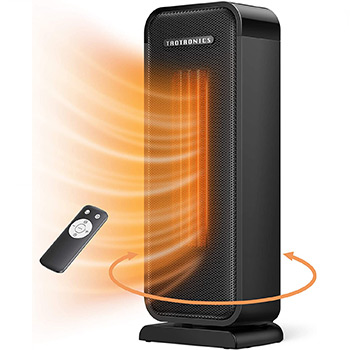
2. Insulation With Bubble Wrap
This was one of the best tips I got from a horticulturist. Buy a few rolls of bubble wrap and attach it to the inside of the glass.
It’ll help provide a higher temperature even in colder weather.
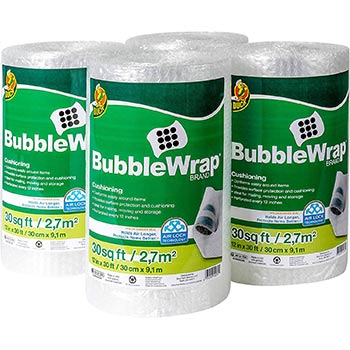
3. Water Barrels
4. Fleece Tunnels
These require a bit more work, and my personal experience hasn't been great.
But I know a few people who use them in much colder places, like Canada, to keep any heat closer to the plants.
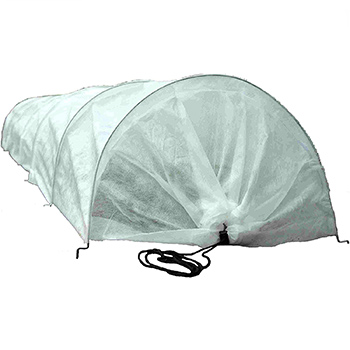
How to Care for Vegetables in a Winter Greenhouse
Caring for vegetables in a winter greenhouse involves a nuanced approach to address the unique challenges posed by the colder months. Here’s a comprehensive guide to ensure your winter greenhouse vegetables thrive:
1. Temperature Management
The cornerstone of winter greenhouse care is maintaining a consistent and suitable temperature. While the goal is to keep the greenhouse warm, overheating can be just as detrimental as the cold.
Monitor temperatures regularly, and consider installing a thermostat-controlled heating system for precision.
On sunny days, even in winter, temperatures can rise quickly, so ensure adequate ventilation to prevent overheating and humidity build-up.
2. Light Optimization
With shorter daylight hours in winter, maximizing light exposure is crucial.
Position your greenhouse to capture maximum sunlight, typically facing south in the Northern Hemisphere.
Clean the exterior and interior of your greenhouse regularly to ensure maximum light penetration.
In regions with very short days, supplementing with grow lights can be beneficial, ensuring plants receive the required amount of light for photosynthesis.
3. Watering Practices
Watering needs decrease in winter due to lower evaporation rates and reduced plant growth. Overwatering can lead to root rot and fungal diseases, especially in a cooler environment.
Check the soil moisture before watering and water early in the day so that plants have time to absorb moisture before the temperature drops at night.
4. Humidity Control
High humidity can be a challenge in a winter greenhouse. It’s essential to strike a balance – too much humidity leads to disease, while too little can stress plants.
Use ventilation and consider a dehumidifier if necessary.
Also, watering plants at the soil level, rather than from above, helps keep humidity levels in check.
5. Pest and Disease Management
The enclosed environment of a greenhouse can be conducive to pests and diseases.
Regularly inspect your plants for signs of trouble.
Implementing integrated pest management practices, such as introducing beneficial insects or using organic pesticides, can be effective.
Good sanitation practices, like removing plant debris and disinfecting tools, also help prevent disease spread.
6. Soil and Nutrient Management
In a winter greenhouse, the soil can become depleted of nutrients more quickly. Regularly adding compost or using a balanced, water-soluble fertilizer can help maintain soil health.
Additionally, rotating crops and using quality potting mixes can prevent the buildup of soil-borne diseases.
7. Pollination Assistance
Since there are fewer natural pollinators in winter, some plants may require manual pollination. For crops like tomatoes and peppers, gently shaking the flowering plants or using a small brush to transfer pollen can improve fruit set.
8. Frost Protection
On extremely cold nights, extra protection might be necessary.
Strategies like using horticultural fleece to cover plants or introducing heat sinks (e.g., water barrels) that absorb and slowly release heat can provide added warmth.
9. Space Utilization
Winter greenhouses can be space-limited. Utilize vertical space with trellises or shelves and consider companion planting to maximize productivity.
This not only saves space but can also promote a healthier growing environment through natural pest control and enhanced pollination.
10. Adaptation and Observation
Finally, be adaptable and observant. Each winter and greenhouse environment is unique, and what works one year may need adjustment the next.
Regular observation and adaptation to the changing conditions are key to successful winter greenhouse gardening.
Tips To Successfully Grow Your Crops In A Winter Greenhouse
Growing plants year-round can seem like quite a challenge, and in my first year, I made a few mistakes that you should best avoid.
Here are four tips I like to keep track of in the winter season.
1. Avoid Overwatering
I often go for more than 10 days without watering. Because it doesn’t get that hot and the humidity levels are pretty high, this should be more than enough.
A trick I use is to have a few popsicle sticks that I stick in the soil. Leave it for a few minutes, and if it comes out slightly damp, then you should be OK.
2. Keep Fertilizing
You won’t need as much fertilizer as during the summer as the day's reduced light will slow down growing time.
But you should still allow for about half the amount you’d usually use for specific plants in summer.
3. Boost Air Circulation
My biggest gardening mistake in my first winter season was not allowing enough fresh air circulation.
If you have vents, then make sure you open them regularly, especially when you get a very sunny day above freezing.
4. Remove Snow
This should be obvious, but snow on greenhouses will reflect away the sunlight like a mirror and reduce the heat inside. It’s always best to remove it as soon as you see a build-up.
FAQ
Yes, greenhouses work in the winter, but you need to plan for certain types of crops. Root and leafy vegetables are best suited for growth in winter, and you may need to introduce some heat sources if temperatures fall significantly.
Yes, a greenhouse will keep plants from freezing, as long as it gets enough sunlight. However, if you live in a particularly cold climate, you might need to use a heat source during the night.
Daytime temperatures below 20°F (around -7°C) would generally be too cold for an unheated greenhouse. Anything significantly below that might also become quite expensive to heat.
Your greenhouse might be colder than outside due to too much ventilation or conduction of heat. Check if you have a metal frame that is in direct contact with the ground or if you have a significant draft in your greenhouse.
An unheated greenhouse can remain frost-free if the outside temperature doesn’t go below 20°F (around -7°C). In good conditions, a greenhouse will stay about 9 degrees warmer than the outside.
You winterize a greenhouse by improving insulation and making sure it isn’t shaded during the day. You also want to check for unwanted drafts on windy days.
Yes, some seeds will germinate in a cold greenhouse, as long as the soil doesn’t get too cold. Depending on the seeds, germination and the first green shoots might take anywhere from 6 to 12 weeks.
Read More:
Conclusion
As long as you don’t have to battle arctic winter temperatures, a greenhouse can be one of the best ways to keep some tasty green crops growing well into the winter in the comfort of your home.
Just make sure you choose your crops wisely and stick with leafy greens and root veggies. And then a little bit of common gardening sense it should be enough to provide some fresh food until springtime.

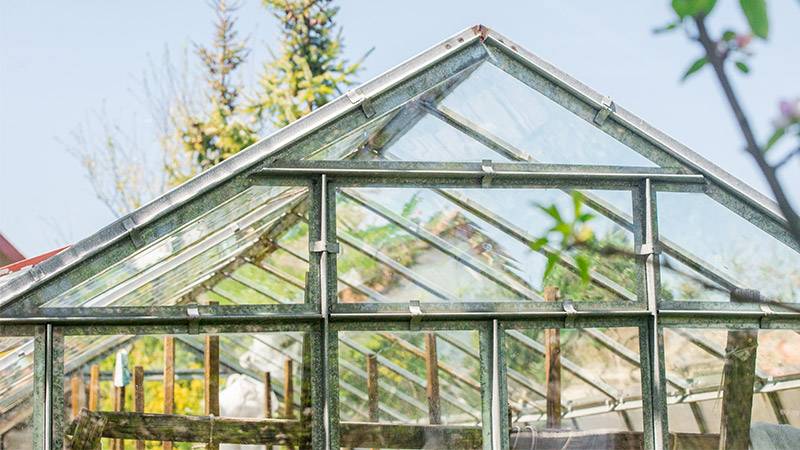
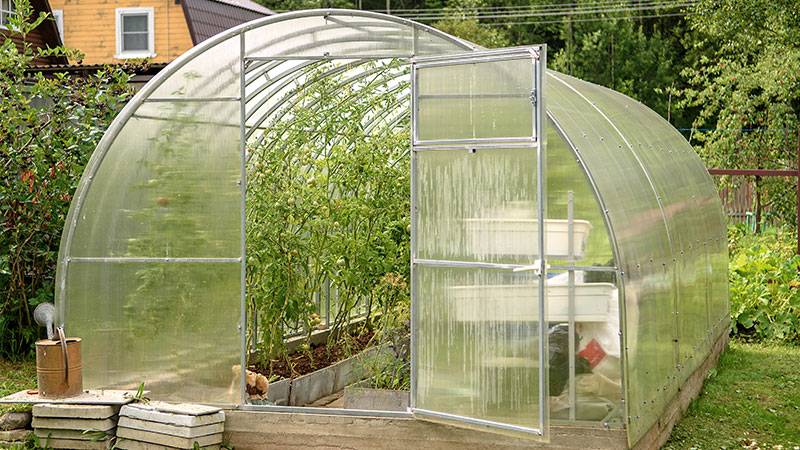

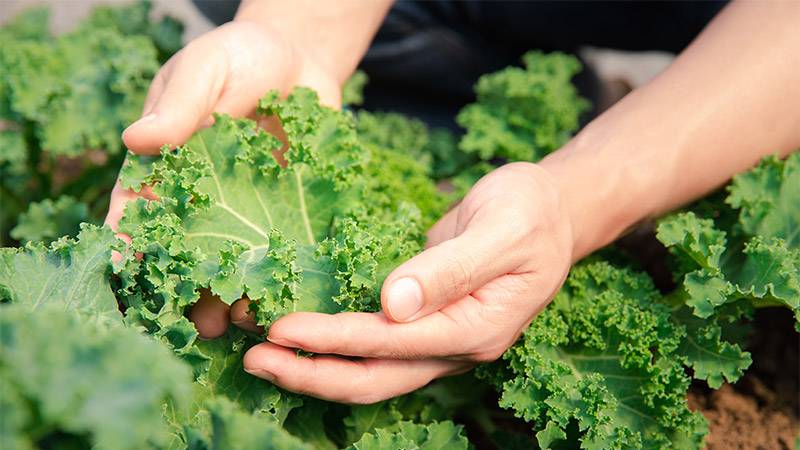
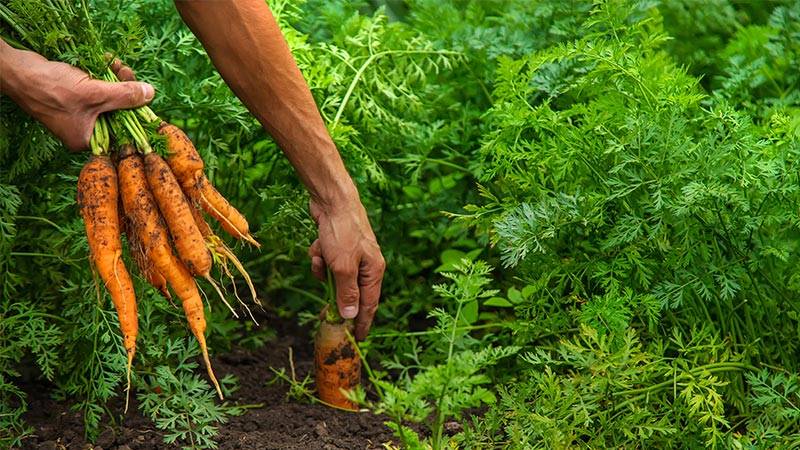
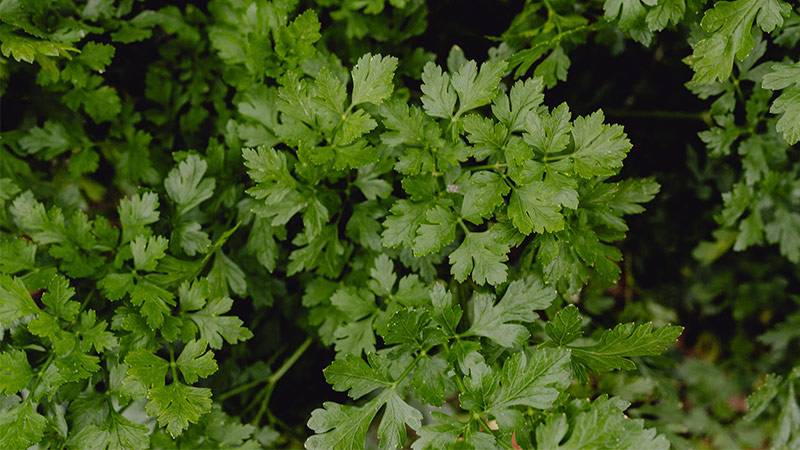
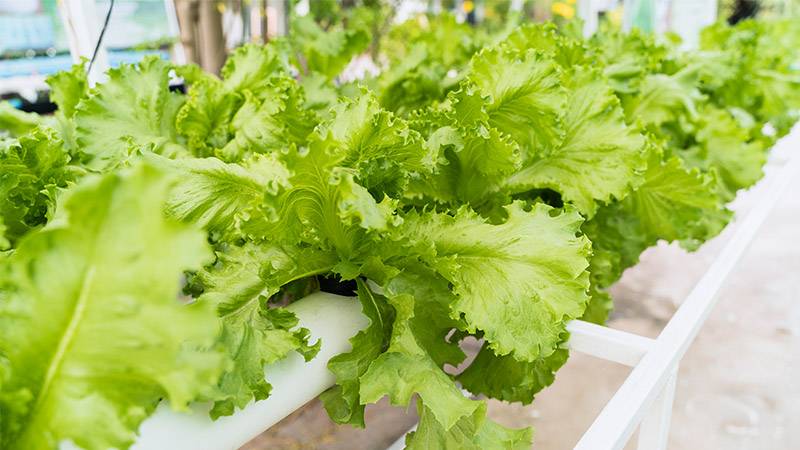
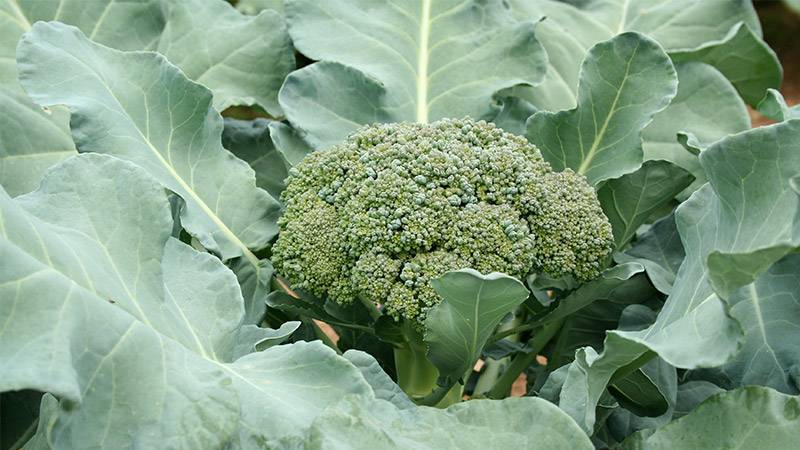

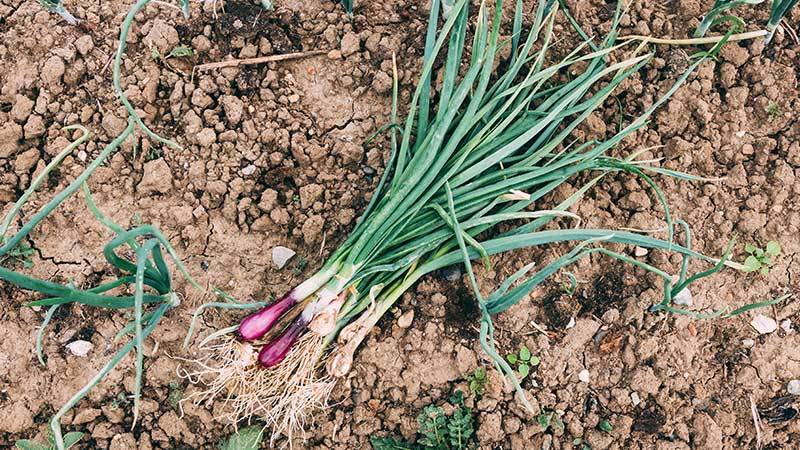
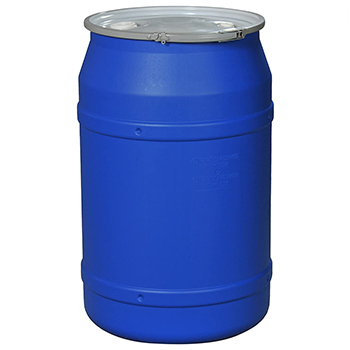









I have a new 7x 14 Gh I got a late start on plants this fall. Seeds wouldn’t germinate) so now just young plants with slow growth. Is there some way to boost growing? I have great south exposure, and better Ghouse, than the last 3 years with a block heat wall on north side 4’ high.